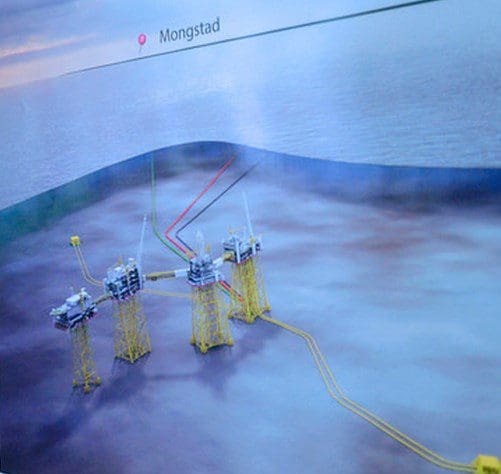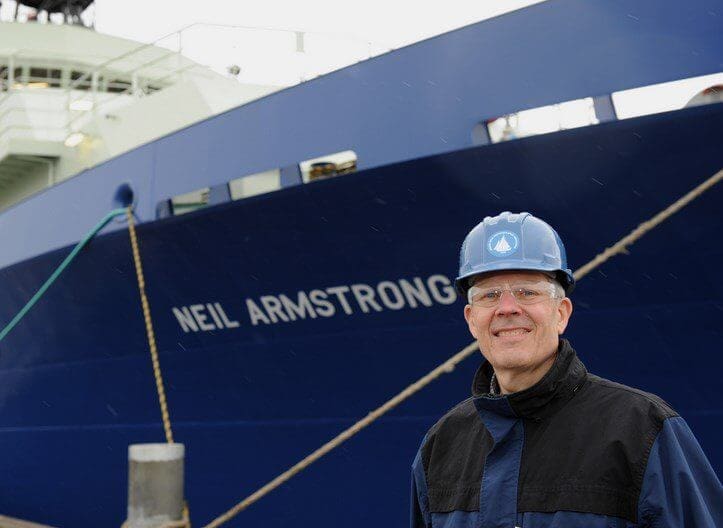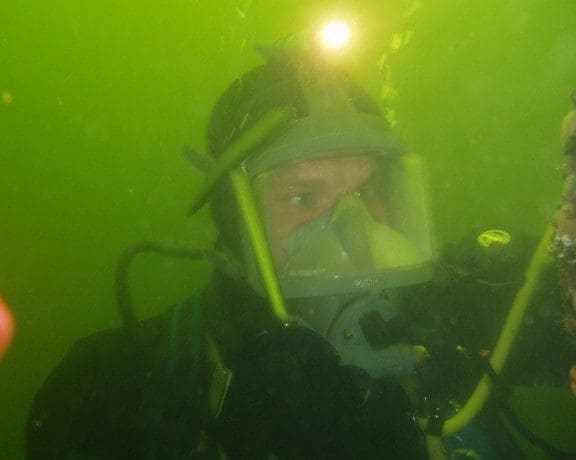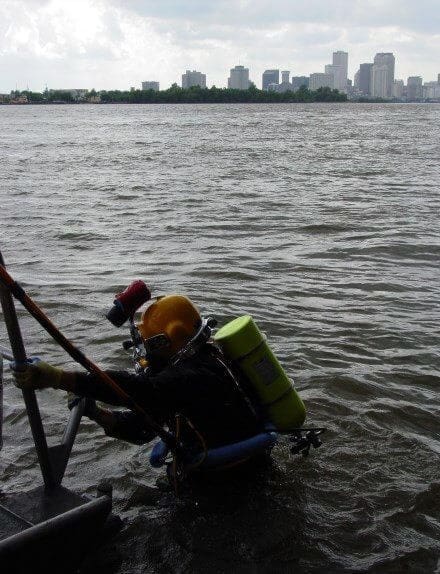The rebound in oil prices has not been enough to stop the bleeding at many US energy companies, whose bonds keep weakening – and whose ability to muster fresh capital is dwindling away.
Oil and bond prices are moving in opposite directions, underlining the market’s lack of confidence in a cash-strapped sector that is seeing its prospects go from bad to worse.
The difficulties will start intensifying next week, when banks begin their twice-yearly review to set ceilings on how much exploration and production (E&P) companies can borrow.
And with crude at US$45 per barrel – far below the US$60 minimum that underpins many E&P business models – the expected cut in borrowing bases will come as a double whammy.
Revenue is down, capital market access is limited and cash is in short supply – a sticky situation for even the healthiest of firms, and one that could well prove fatal for some.
“Oil prices in the mid-40s just don’t work for many of these companies,” said James Spicer, senior analyst for high-yield energy research at Wells Fargo Securities.
“The optimism over a 2015 price recovery has faded.”
The end of that optimism has spurred the decoupling of oil and bond prices, which normally are more closely correlated. (http://link.reuters.com/zez65w) (http://link.reuters.com/muz65w)
Rather than bouncing back in tandem with crude prices, which touched lows under US$38 in August, junk-rated E&P bonds have softened instead.
The Bank of America Merrill Lynch high-yield energy index – comprising 167 issuers with notional debt of US$210bn – is back near record wides at Treasuries plus 1046bp.
It has widened 75bp in September, while oil prices have remained flat since their recovery at the end of August.
“In the first eight months of the year, the correlation was 80%,” Brian Gibbons, an analyst at CreditSights, told IFR.
“But in the last three weeks that has declined considerably to 29%. There has been a break in the link.”
SIGNS OF DISTRESS
While the widening spreads can largely be blamed on sector concerns, many analysts say other factors are also in play.
The EPX index, which tracks E&P stocks, “has declined in the past couple weeks even as oil prices have recovered,” said Gary Stromberg, head of US high-yield research at Barclays.
“We think that is because the equity market had been pricing in higher oil price expectations than the commodity markets were showing, and is now coming more into balance.”
He said that “extremely weak” covenants have allowed issuers to sell second and first-lien debt that ranks above unsecured debt in the capital structure.
“As issuers have replaced debt ahead of the unsecureds, that has crammed the recovery on those unsecured bonds – and spreads have widened,” Stromberg said.
Secured bonds issued earlier this year, when the buyside was more optimistic about the outlook for the sector, have also tanked.
That has left bruised investors reluctant to make a second bad bet, especially when high-yield in general has seen spreads widen.
A US$700m secured issue sold by Texas-based E&P Comstock Resources in March at a 10% yield, is now trading at 73.5 and yielding 19%.
A US$1.45bn secured deal from Energy XXI the same month, which yielded 12% at the time, now trades at a cash price of 56 to yield 29%.
Both companies sold new debt ahead of expected cuts in their borrowing bases in the April redetermination period.
But that option is less viable this time around. Instead, companies are doing distressed exchanges on unsecured bonds.
Some companies, including Halcon Resources and Sandridge Energy, have done so just months after selling new bonds.
Unsecured bonds issued by Halcon fell to 35 from 50 after its recent distressed exchange.
“You can see how these events can be very disconnected from what is going on with oil prices,” said Stromberg.
LENDING PRESSURE
Regulators this time around are an added worry, as they put pressure on lenders to cut lines of credit to companies whose leverage is exceeding the six times ceiling limit and debt pay-down abilities in their leveraged lending guidelines.
The focus now is on how severely borrowing bases will be cut.
Gibbons at CreditSights estimates that companies in the BAML high-yield energy index have about US$100bn in these facilities between them. A 10%-15% cut would leave them with a sizeable shortfall – and some in the market think the cuts could be even larger than that.
Source









